Novices may not have a deep understanding of Tenmoku teacups, but they still appreciate the unique antique charm and mysterious crystalline patterns of Tenmoku teacups. In this case, what are the things to pay attention to when choosing Tenmoku teacups? Today, we will analyze them one by one.
- About the Imperfection of Tenmoku Teacups
The craftsmanship of Tenmoku is particularly special. It relies on the skill of the potter to put it in the kiln, and it is up to fate when it comes out of the kiln. No craftsman can fully grasp the dynamics of Tenmoku. In addition, its unique raw materials give Tenmoku a rough and rustic temperament from birth. While celadon and white porcelain are smooth and delicate, Tenmoku is the opposite, rough and wild, not as smooth as celadon and white porcelain.

The firing technique of Tenmoku, which involves firing it upside down, also results in the appearance of dry lips, which is not found in other porcelain. The dry lips of Tenmoku are not a bonus, but they cannot be considered a flaw either. Due to its unique firing method, we should approach the dry lips of Tenmoku with a tolerant attitude, just as we do with the air bubbles.
Therefore, Tenmoku is not perfect, and each one is unique. However, our tolerance towards Tenmoku should be stronger than that towards other porcelain. We should view Tenmoku through a telescope and approach it with a heart full of love.
- Deformation issues of Tenmoku.
The body material of Tenmoku uses clay with a high iron content. The use of pure natural materials results in poor plasticity and heat resistance of the body of Tenmoku, and it is prone to deformation issues at extremely high temperatures.
Handmade Tenmoku can also have deformation issues, as it is not a machine and some deviations are understandable and not considered flaws.
Even if the antique Tenmoku from the Song Dynasty is deformed, it still has extremely high collectible value, and the historical and cultural significance it embodies cannot be erased.
Some severely deformed Tenmoku will be discarded by the manufacturer in advance. If the deformation is not obvious, we can invert the Tenmoku on a flat table and check if the mouth rim is in contact with the table surface. If it is not in contact, it indicates that the Tenmoku has a slight deformation.
- Avoiding "Tenmoku" that are not really Tenmoku.
Tenmoku has its unique craftsmanship and raw materials. Products that are fired using other techniques or do not meet the requirements of raw materials cannot be called Tenmoku.
With the rise of Tenmoku in recent years, many products have appeared on the market that are labeled as Tenmoku.
The most common are various colorful "Tenmoku" products on Taobao with the keyword Tenmoku. These products are not necessarily bad, but products made using other techniques cannot be called Tenmoku. By using the name of Tenmoku, they have entered the hands of those who sincerely want to buy Tenmoku, which is truly despicable.
We should know that Tenmoku first and foremost has an iron body. In terms of shape, besides the traditional pouring, bundling, gathering, and opening, there are also many innovations, such as egg cups, fairness cups, and even Buddha statues. "Baring the body" is not a feature of every Tenmoku. Some masters prefer to cover the entire Tenmoku with glaze, which is another characteristic. It is crucial to consider all aspects to judge whether it is a Tenmoku.
- About the pricing of Tenmoku.
The prices of Tenmoku on the market vary greatly, making it difficult for people to understand.
During the Song Dynasty, the value of Tenmoku already had a large span. At that time, the mainstream glaze color was rabbit hair, but even with the same rabbit hair glaze, the prices of ordinary and high-quality Tenmoku differed greatly.
Usually, the pricing of Tenmoku is mainly based on two aspects: aesthetic value, including the overall shape, appearance, and glaze pattern of the entire Tenmoku; and the difficulty of the craftsmanship, including the type of kiln, whether it is handmade or machine-made, and the proportion of the body and glaze ingredients. These factors determine the price of Tenmoku. Proper adjustments can increase the production rate of Tenmoku and lower its price slightly.
In addition to these two main factors, there are other factors that can also affect the price of Tenmoku, such as the master's reputation and whether it is a discontinued edition.
In summary, when it comes to Tenmoku, we should be meticulous and not focus on what it should not have, but be tolerant of what it can have. As long as we confirm that it is a genuine Tenmoku and not being misled, the most important thing is to choose the one we like the most.


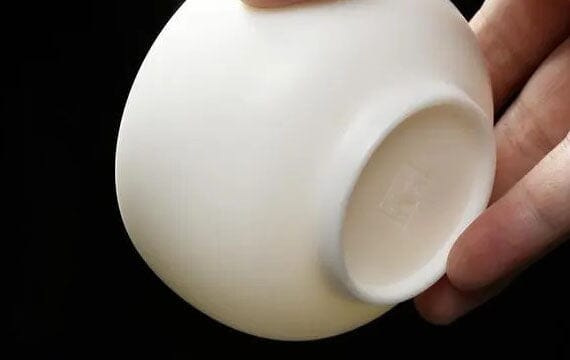
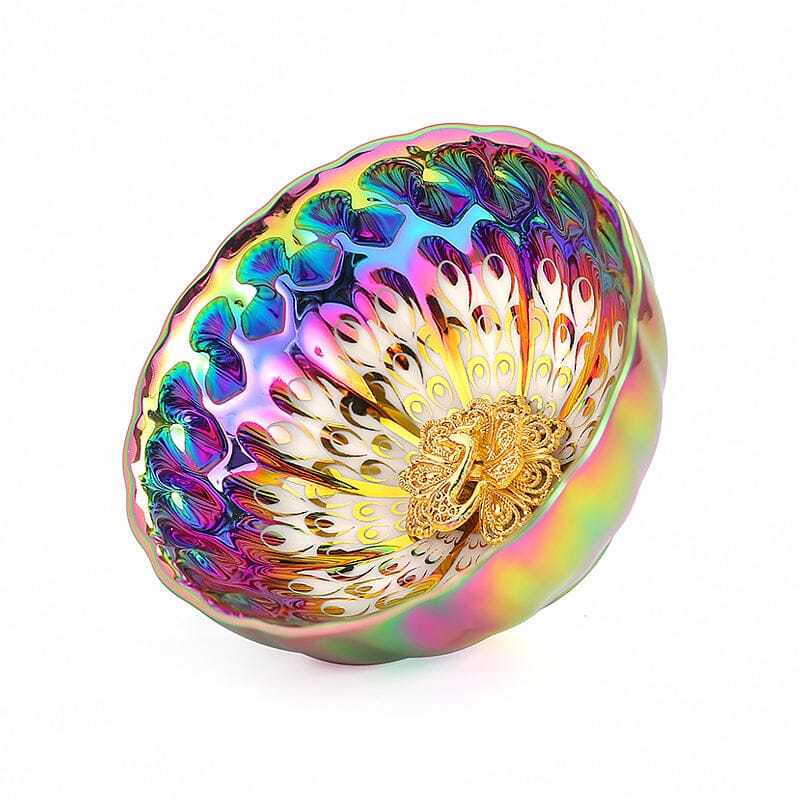


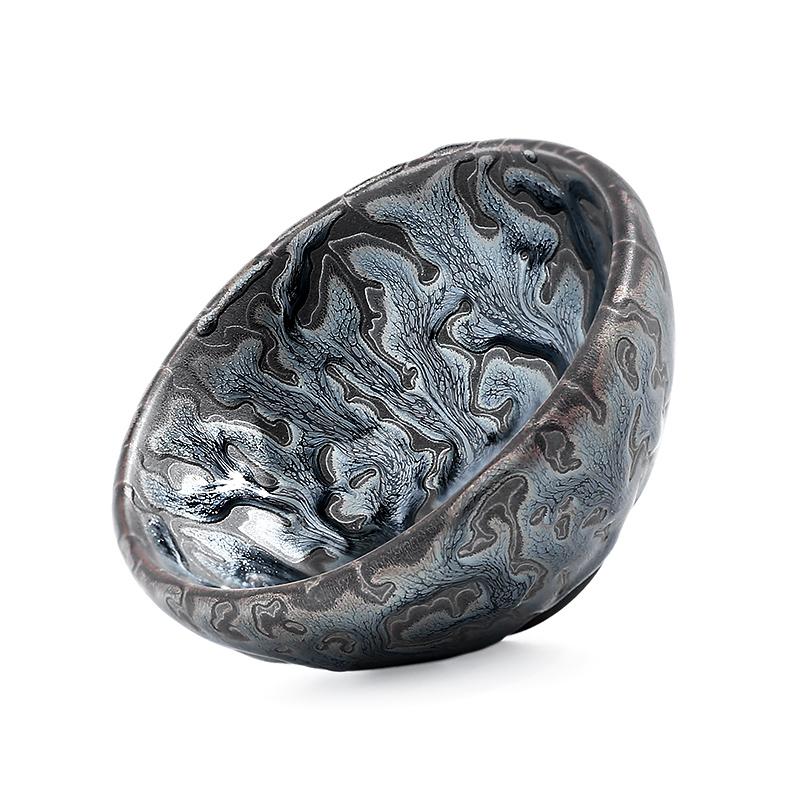
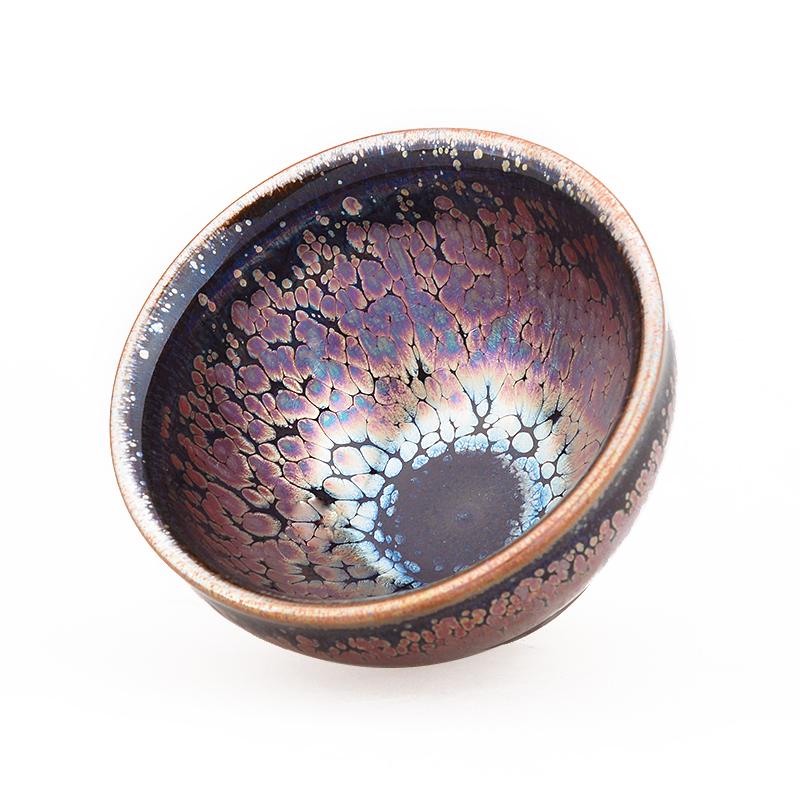
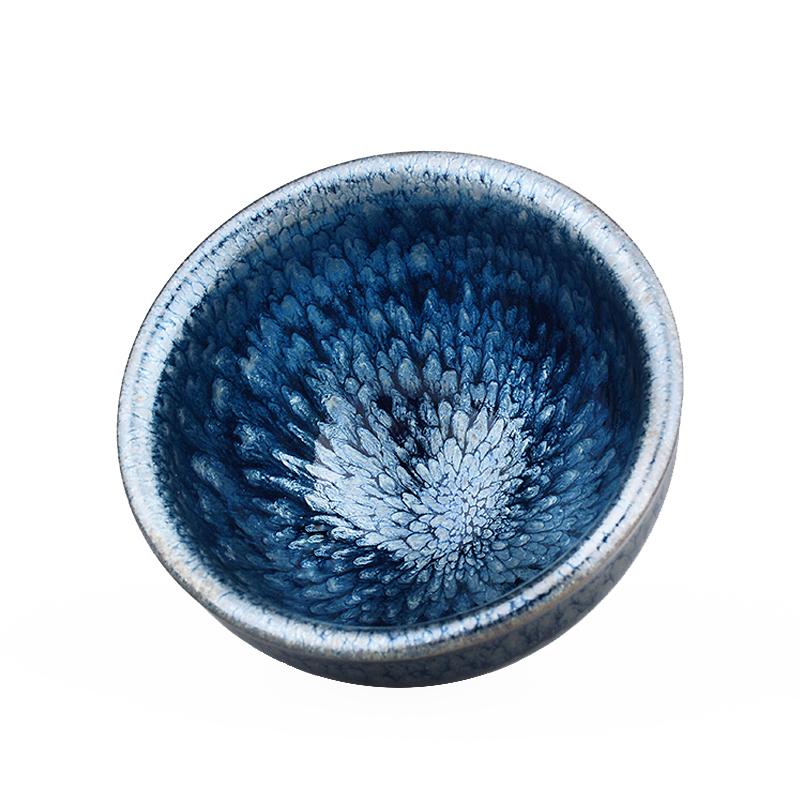
Share:
What tea should you offer when entertaining friends with tea?
Tenmoku teacup: Can it soften water quality while drinking tea?